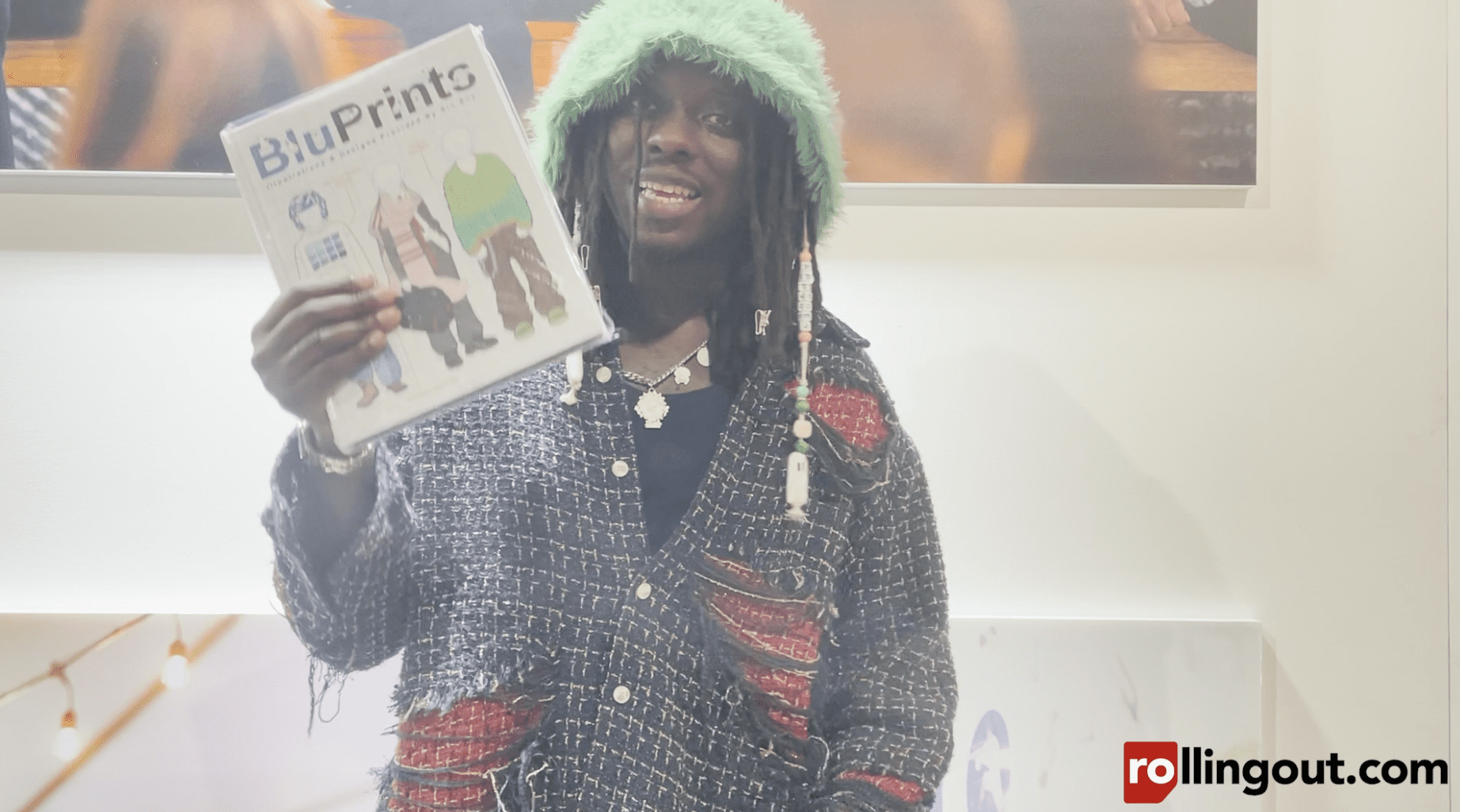Fashion, a mercurial mistress, has danced through the ages, leaving a trail of vibrant hues, intricate patterns, and audacious silhouettes. It is a kaleidoscopic tapestry woven with threads of culture, history, and human ingenuity. Yet, beneath its flamboyant exterior lies a profound and often overlooked journey—the evolution of clothing design.
From the rudimentary garments of our earliest ancestors to the meticulously crafted ensembles of today, the history of clothing design is a testament to humanity’s boundless creativity and adaptability. It is a tale of innovation, experimentation, and the relentless pursuit of self-expression.
In the dawn of time, clothing served primarily as a shield against the elements. Crudely fashioned from animal skins or woven from coarse fibers, these garments were more functional than fashionable. Yet, even in these early stages, humans began to experiment with adornments, using beads, feathers, and other objects to personalize their attire.
As civilizations developed, so too did the complexity and sophistication of clothing design. The ancient Egyptians, renowned for their artistic prowess, created elaborate garments made from linen and cotton, often adorned with intricate embroidery and hieroglyphic symbols. The Greeks and Romans, with their emphasis on beauty and harmony, developed a more relaxed and flowing style, characterized by draped fabrics and simple lines.
The Middle Ages saw a shift towards more restrictive and formal clothing, influenced by religious and social conventions. Women often wore long, flowing gowns with elaborate head coverings, while men donned tunics and breeches. However, even during this period, there were glimpses of individuality, as people experimented with different fabrics, colors, and embellishments.
The Renaissance marked a period of great cultural and artistic awakening, and fashion was no exception. Inspired by classical Greek and Roman aesthetics, designers began to experiment with more fitted silhouettes, intricate embroidery, and luxurious fabrics. The Elizabethan era was particularly renowned for its extravagant and elaborate fashion, with women wearing puffed sleeves, ruffs, and farthingales.
The 18th century brought about a more restrained and elegant style, influenced by the Enlightenment and the rise of the bourgeoisie. Women’s fashion was characterized by high-waisted gowns and elaborate hairstyles, while men wore tailored suits and waistcoats. The Industrial Revolution had a profound impact on fashion, as advances in technology made it possible to produce clothing more efficiently and at a lower cost.
The 20th century witnessed a seismic shift in fashion, as designers began to challenge traditional norms and experiment with new forms of expression. The Art Deco movement of the 1920s brought about a sleek and geometric style, while the 1960s were characterized by a youthful and rebellious spirit, exemplified by the mod and hippie fashions.
In recent decades, the fashion industry has become increasingly globalized and democratized, with designers from all corners of the world influencing trends and styles. The rise of social media has also played a significant role in shaping fashion, as influencers and celebrities showcase their personal style to millions of followers.
Today, fashion is more diverse and inclusive than ever before. Designers are pushing boundaries, challenging stereotypes, and embracing a wider range of body types and ethnicities. The future of fashion is bright, as designers continue to innovate and experiment with new materials, technologies, and aesthetics.
As we look back on the evolution of clothing design, it is clear that fashion is more than just a superficial pursuit. It is a reflection of our culture, our values, and our aspirations. It is a journey of self-expression, creativity, and innovation, a testament to the enduring power of human ingenuity.
Design process in the realm of fashion is a complex interplay of creativity, technical skill, and cultural understanding. From initial sketches to the final product, designers navigate a labyrinth of choices, balancing aesthetics with functionality and considering the ever-evolving landscape of trends and consumer preferences. The design process is a dynamic and iterative journey, one that requires a keen eye for detail and a passion for pushing boundaries.




